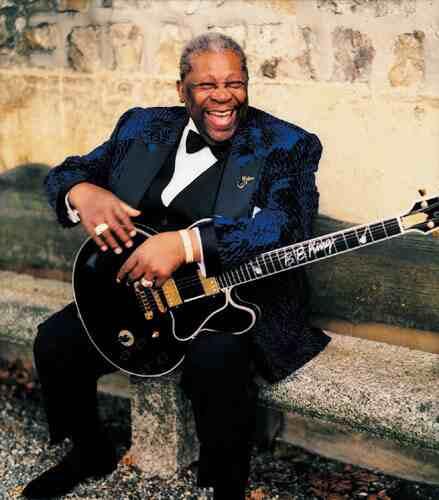Market size and liquidity
The foreign exchange market is unique because of:
* its trading volume,
* the extreme liquidity of the market,
* the large number of, and variety of, traders in the market,
* its geographical dispersion,
* its long trading hours - 24 hours a day (except on weekends).
* the variety of factors that affect exchange rates,
According to the BIS,[1] average daily turnover in traditional foreign exchange markets was estimated at $1,880 billion. Daily averages in April for different years, in billions of US dollars, are presented on the chart below:
This $1.88 trillion in global foreign exchange market "traditional" turnover was broken down as follows:
* $621 billion in spot transactions
* $208 billion in outright forwards
* $944 billion in forex swaps
* $107 billion estimated gaps in reporting
In addition to "traditional" turnover, $1.26 trillion was traded in derivatives.
Exchange-traded forex futures contracts were introduced in 1972 at the Chicago Mercantile Exchange and are actively traded relative to most other futures contracts. Forex futures volume has grown rapidly in recent years, but only accounts for about 7% of the total foreign exchange market volume, according to The Wall Street Journal Europe (5/5/06, p. 20).
Average daily global turnover in traditional foreign exchange market transactions totaled $2.7 trillion in April 2006 according to IFSL estimates based on semi-annual London, New York, Tokyo and Singapore Foreign Exchange Committee data. Overall turnover, including non-traditional foreign exchange derivatives and products traded on exchanges, averaged around $2.9 trillion a day. This was more than ten times the size of the combined daily turnover on all the world’s equity markets. Foreign exchange trading increased by 38% between April 2005 and April 2006 and has more than doubled since 2001. This is largely due to the growing importance of foreign exchange as an asset class and an increase in fund management assets, particularly of hedge funds and pension funds. The diverse selection of execution venues such as internet trading platforms has also made it easier for retail traders to trade in the foreign exchange market. [2]
Because foreign exchange is an OTC market where brokers/dealers negotiate directly with one another, there is no central exchange or clearing house. The biggest geographic trading centre is the UK, primarily London, which according to IFSL estimates has increased its share of global turnover in traditional transactions from 31.3% in April 2004 to 32.4% in April 2006.
The ten most active traders account for almost 73% of trading volume, according to The Wall Street Journal Europe, (2/9/06 p. 20). These large international banks continually provide the market with both bid (buy) and ask (sell) prices. The bid/ask spread is the difference between the price at which a bank or market maker will sell ("ask", or "offer") and the price at which a market-maker will buy ("bid") from a wholesale customer. This spread is minimal for actively traded pairs of currencies, usually only 0-3 pips. For example, the bid/ask quote of EUR/USD might be 1.2200/1.2203. Minimum trading size for most deals is usually $100,000.
These spreads might not apply to retail customers at banks, which will routinely mark up the difference to say 1.2100 / 1.2300 for transfers, or say 1.2000 / 1.2400 for banknotes or travelers' checks. Spot prices at market makers vary, but on EUR/USD are usually no more than 3 pips wide (i.e. 0.0003). Competition has greatly increased with pip spreads shrinking on the major pairs to as little as 1 to 2 pips.





